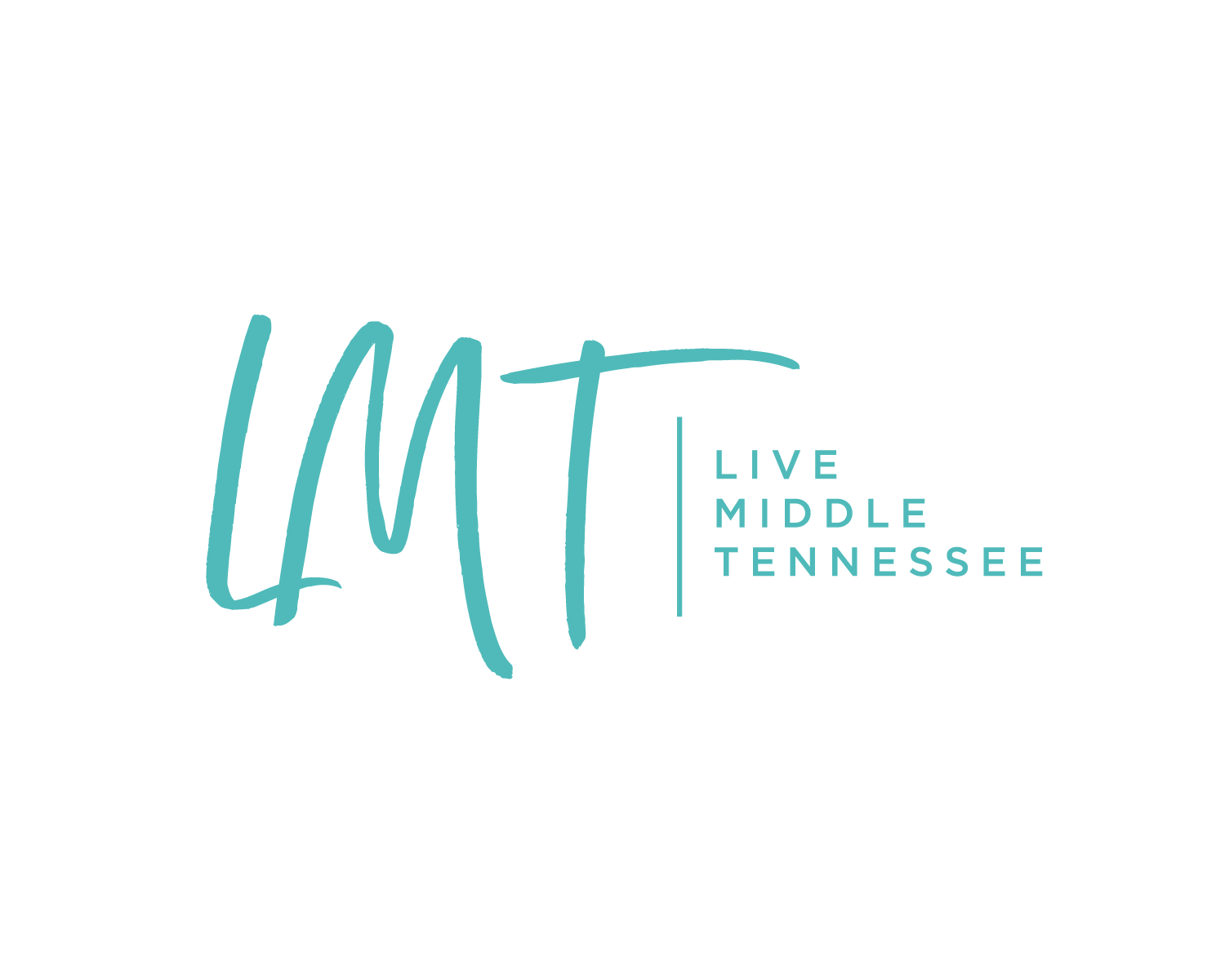Preparing A New Home for Your Dog
By: Cindy Aldridge
So, you're ready to move into a new place - congratulations! Whether you just bought a new home or simply changed apartments, there is a certain thrill that comes with a new living situation that you get to personalize and make your home. Of course, while you may feel pretty excited, your dog may be feeling some other emotions. Canines are creatures of habit, and they can be very sensitive when it comes to major changes in their environment or lifestyle.
When they sense a big, unexpected change, they may experience anxiety and start up with destructive behaviors as a result. These behaviors can include:
Restlessness
Pacing
Urinating or defecating indoors
Panting and drooling
Repetitive or compulsive behaviors
Darting out the door or running away
Excessive barking
Chewing on foreign objects or furniture
Depression and listlessness
Aggression and even biting
To help prevent these behaviors, prepare and safeguard your home before relocating your dog. In addition to making preparations around the house, take the time to introduce your dog to his new environment. When it comes to your dog, you are the greatest and most important constant in his life. As long as you are there to help him adjust, he will eventually become accustomed to his new life change.
Preparing Your New Place for Your Dog
The following are some tips to prepare your home:
Create an area just for your pup. It should have his bed, blankets, toys, and any other things that bring him comfort and have a familiar smell. This is his place where he can escape for a moment of quiet if needed.
Set up his food and water bowls in a space that is similar to where they were at your old house. Knowing where he will need to go for breakfast and dinner will help reduce certain anxieties.
Keep a small container of training treats on an elevated surface next to your home’s main entrance. When you have people over, they can grab a treat from this container to give to your dog as a way to introduce themselves in this new environment.
If your new place has a backyard where your dog can play, ensure that the fence is in good repair without holes before letting him out there off leash. If your home does not already have a fence, you should consider adding that expense into your moving budget.
Don’t forget to take care of yourself and your family during this time as well, especially if someone suffers from allergies. Keeping allergens and pollutants to a minimum is key, so consider picking up an air purifier, and don’t forget to change your air filters on a regular basis. Don’t forget to select the correct filter size; otherwise, you could put some unnecessary strain on your HVAC unit.
Introducing Your Dog to His New Home
When the day finally arrives, and it is time to introduce your pup to the new home, make sure the house is relatively empty and set up so he is not overwhelmed with unfamiliar people, sights, and smells. Show him his area with his bed as well as where his bowls are. While he explores the house, establish boundaries about where he is and is not allowed to go. Use positive reinforcement to encourage him if you notice he is acting relaxed and even excited about the new home.
For the first few days or even weeks, you want to observe your dog any time you let him in the backyard, even if it is fenced. Your dog may be able to find escape routes and fence holes you missed. Supervising his playtime can help prevent an escape. If you catch him digging under a spot or messing with the gate, you can put in reinforcements to keep him safe.
Beyond introducing your dog and monitoring his outdoor time, you shouldn’t do too much out of the ordinary. In fact, the quicker you return to your dog’s normal routine, the quicker he will adjust and forget that this is a new environment in the first place. Continue feeding, walking, and playing at regular times, and don’t overindulge your pup as a way to bribe him.
A new place is exciting for you, but it can be nerve-wracking for your dog. Prepare your house before your pup arrives by setting up areas for his belongings and ensuring his safety by fencing in your backyard. When introducing your dog to his new home, use positive reinforcement to encourage him while establishing boundaries regarding where he is not allowed. The quicker you get back on your dog’s normal schedule, the quicker he will forget there was ever a change to begin with.
Visit Cindy at ourdogfriends.org

